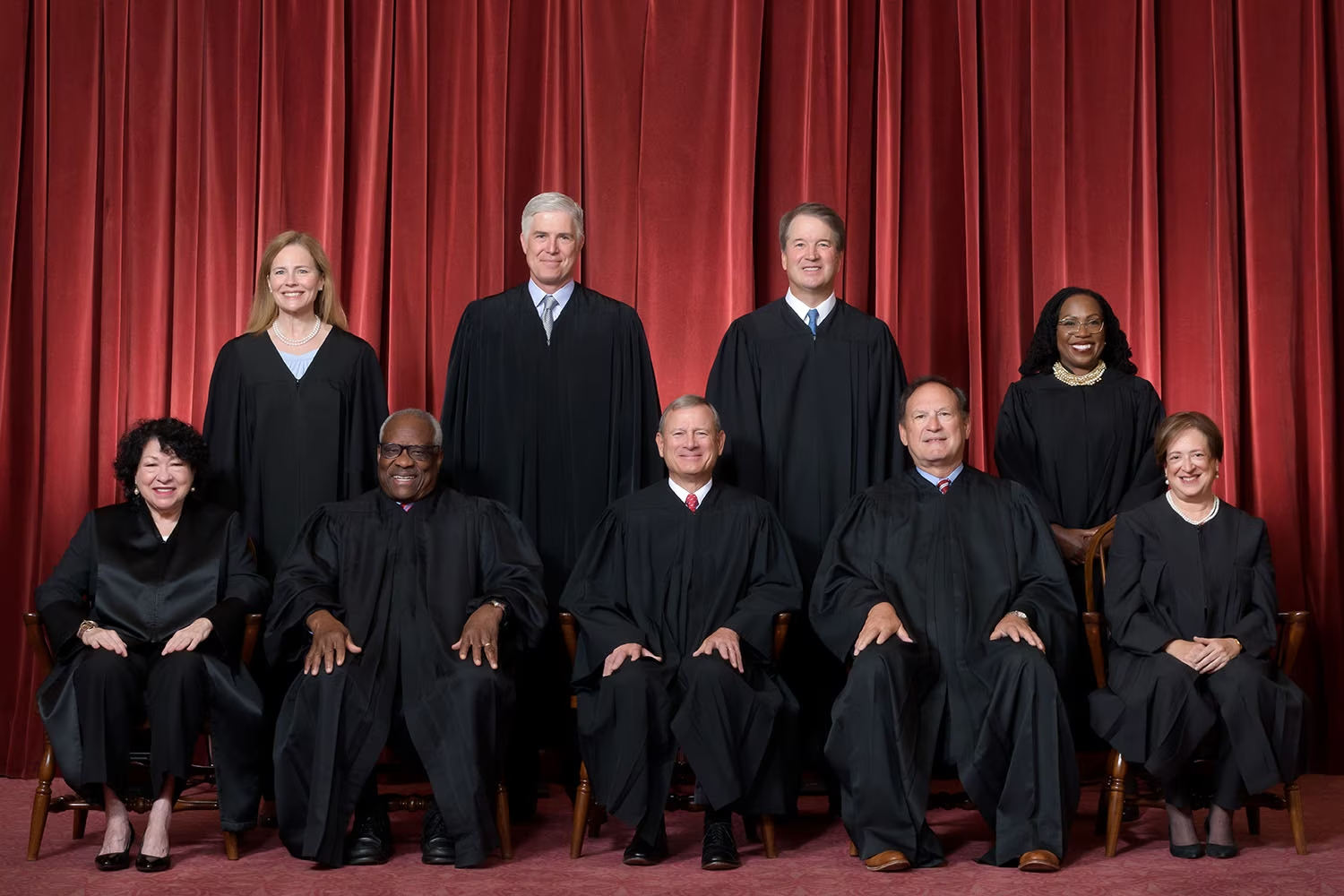A recent Supreme Court decision that substantially narrowed the Environmental Protection Agency’s authority to regulate millions of acres of wetlands is expected to open more land for development.
More than half of the nation’s wetlands could lose protection under the Clean Water Act, according to environmentalists and legal analysts. This concerns water quality advocates who fear the ruling will lead to degraded water supplies.
From a developer’s perspective, projects will have fewer regulatory hurdles to overcome, making them faster to move from conception to construction. This could make new housing developments more financially viable during a time of acute housing shortages in many areas of the U.S., they point out.
The case, Sackett v. Environmental Protection Agency, involved an Idaho couple who tried to build a house on property they’d purchased. The couple filled a soggy part of the property with sand and gravel to prepare for construction. The EPA ordered them to halt construction and return the property to its original state. The couple then sued the agency.
Related Stories
Codes and Standards | Sep 28, 2016
Society of Landscape Architects releases guide to resilient design
The goal is to retrofit communities to better withstand extreme weather events.
Codes and Standards | Sep 26, 2016
Washington State Energy Code updates include dedicated outdoor air system requirements
The updates will change design approach to HVAC.
Codes and Standards | Sep 22, 2016
Construction firms pulling back from federal market due to new reporting rules
‘Subjective, very vague’ policies are said to create too much risk.
Codes and Standards | Sep 21, 2016
Airbnb presents legal liability for multifamily owners
How building owners can reduce risks.
Codes and Standards | Sep 21, 2016
Healthy buildings becoming a key design priority for both architects and building owners
Nationwide survey finds nearly three of four architects cite health impacts influencing design decisions
Data Centers | Sep 19, 2016
New ANSI/ASHRAE data center standard is performance-based, more flexible
The aim of the standard was to ‘not stifle innovation.’
Codes and Standards | Sep 16, 2016
Calm weather tidal flooding impacting several communities on East and Gulf Coasts
Local officials face the prospect of costly mitigation projects.
Codes and Standards | Sep 15, 2016
OSHA appoints new director for its construction directorate
The forty-year industry veteran has been a GC and business owner.
Energy | Sep 13, 2016
Oberlin College to hold conference on post-fossil fuel economy
The gathering will address climate change and new sources of energy.
Industry Research | Sep 12, 2016
Evidence linking classroom design to improved learning mounts
A study finds the impact can be as much as 25% per year.
















